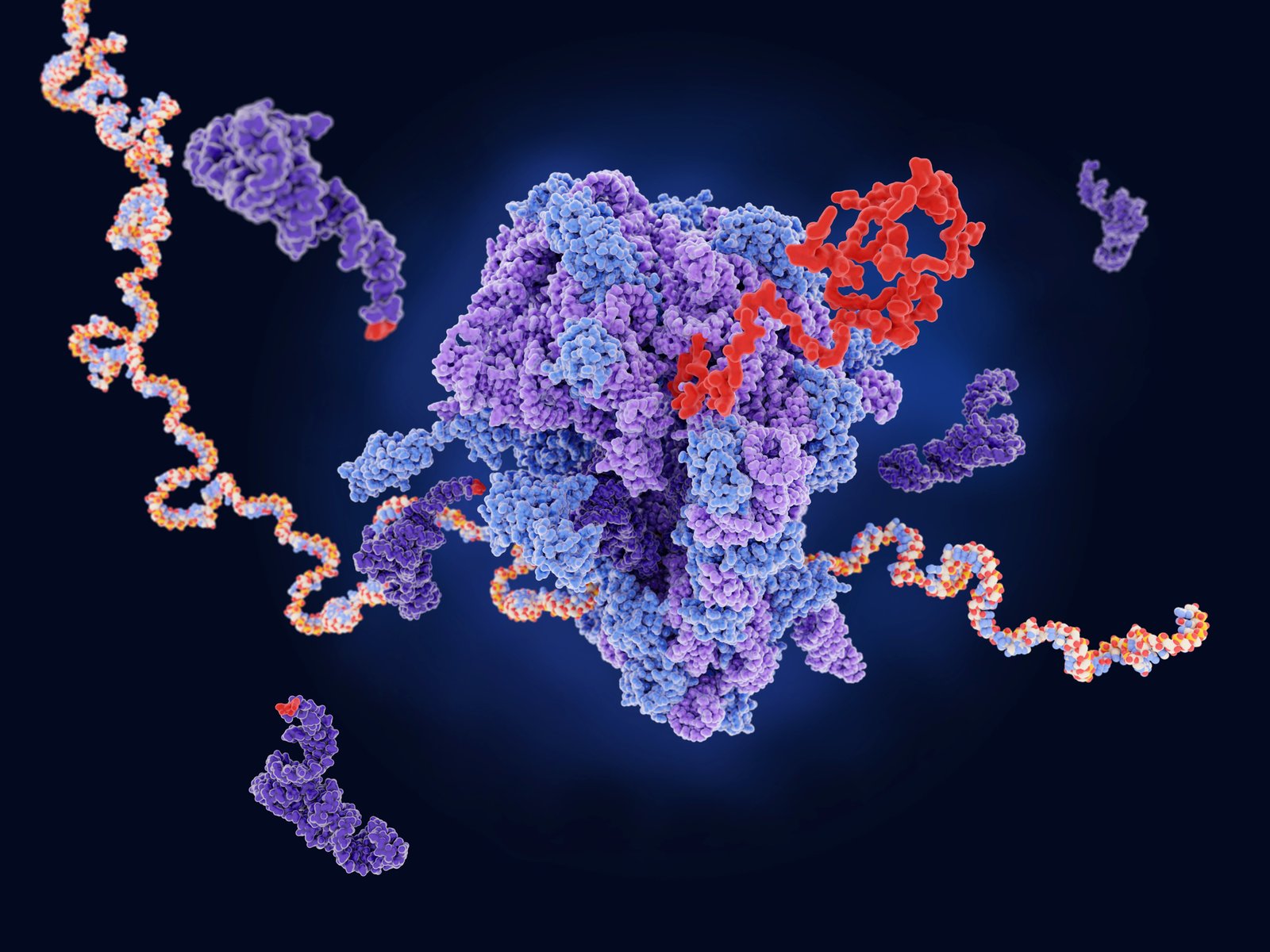Regulators around the world require compliance in Good Practice (GxP) regulations. To learn more about how GxP impacts bioprocessors, GEN talked with Akshay Kapadia, CEO at Conexus Solutions.
GEN: How do you describe GxP?
Kapadia: GxP refers to a set of regulations and best practices enforced by regulatory agencies, such as the FDA and EMA, to ensure the safety, quality, and integrity of products in regulated industries like pharmaceuticals, biotechnology, and medical devices. These guidelines help ensure that products are fit for their intended use and comply with applicable regulatory standards.
GEN: How does GxP impact bioprocessing?
Kapadia: GxP plays a vital role in bioprocessing by ensuring that all activities from raw-material handling to final-product release adhere to strict regulatory and quality standards. Good manufacturing practice ensures that bioprocesses are validated, equipment is qualified, and each batch is thoroughly documented for consistency and traceability. Good laboratory practice supports accurate and reliable nonclinical testing, while good documentation practices maintain data integrity throughout the process.
Additionally, GxP emphasizes a risk-based approach through quality by design and requires compliance with data-integrity standards. This framework helps ensure that bioprocessing is controlled, reproducible, and compliant with regulatory expectations—ultimately safeguarding product quality and patient safety.
GEN: What have been the biggest GxP challenges in bioprocessing?
Kapadia: Bioprocessing faces numerous GxP challenges due to the complexity of biological systems and stringent regulatory requirements. A key concern is maintaining data integrity across electronic systems, which must comply with standards, such as 21 CFR Part 11 and EU Annex 11. The inherent variability of biological materials also complicates process validation, demanding rigorous documentation and control strategies.
Effective change management is critical too. Introducing new equipment, materials, or automation technologies without proper oversight can jeopardize compliance. Human factors further contribute to risk, with inadequate training and procedural errors being common sources of deviations.
Managing complex supply chains and ensuring GxP compliance across external partners adds another layer of difficulty. As new technologies like single-use systems and AI tools are adopted, they bring additional validation and regulatory challenges.
Ultimately, maintaining consistent GxP compliance in bioprocessing requires a proactive approach to quality management, training, documentation, and risk mitigation.
GEN: How can digital tools address these challenges?
Kapadia: Digital tools are essential for addressing GxP challenges in bioprocessing, streamlining compliance tasks, and minimizing human error. Solutions such as electronic batch records and manufacturing execution systems enhance data integrity, traceability, and real-time process monitoring. These systems support regulatory requirements like 21 CFR Part 11 by enforcing audit trails, access controls, and secure electronic signatures.
Automated validation tools and SCADA, or supervisory control and data acquisition, systems, further improve process reliability by enabling continuous monitoring and early detection of deviations. Additionally, digital quality management systems and learning-management systems strengthen compliance through structured change control, up-to-date employee training, supplier qualification, audit tracking, and risk-based decision-making.
By integrating data and automating critical workflows, digital tools not only ensure efficient GxP compliance but also support scalability and continuous improvement in bioprocessing operations.
GEN: What does a bioprocessor need to do to implement digital tools for GxP?
Kapadia: Implementing digital tools for GxP compliance in bioprocessing begins with clearly defining business and regulatory requirements. This involves identifying key processes, such as batch record management, training, or quality event tracking, that would benefit from automation. Any selected tool must align with GxP principles, including data integrity, audit trails, and secure electronic signatures.
Selecting a qualified vendor and performing a comprehensive risk assessment are critical to ensuring the tool is suitable for use in a regulated environment. Once chosen, the system must undergo validation using a structured framework, like GAMP 5, incorporating installation-qualification (IQ), operational-qualification (OQ), and performance-qualification (PQ) activities.
Establishing robust governance, standard operating procedures, and change-control mechanisms helps maintain compliance throughout the system’s lifecycle. Equally important are user training and ongoing system maintenance to ensure continued adherence to GxP standards. Together, these steps enable reliable, compliant, and efficient bioprocessing operations.
The post Digital Tools Improve Good-Practice Compliance appeared first on GEN – Genetic Engineering and Biotechnology News.




